Baotu Spring, located in the heart of Jinan, the capital of Shandong Province in eastern China, is one of the most famous and symbolic springs in the city known as the "City of Springs." As the leading spring among Jinan’s renowned 72 springs, Baotu Spring is celebrated for its remarkable natural beauty, historical significance, and cultural heritage. It is not only a striking natural attraction but also the very embodiment of Jinan’s soul, carrying centuries of history and tradition.
Historical Significance: A Legacy Across the Ages
The history of Baotu Spring dates back more than 2,000 years to the Western Zhou Dynasty. Historical records, including Records of the Grand Historian (Shiji), describe Baotu Spring as a famous spring with powerful and clear water as early as the Spring and Autumn period. The Song Dynasty scholar Zeng Gong praised the spring in his writings, describing it as a place where water bursts forth like galloping horses. By the Ming and Qing dynasties, Baotu Spring had become a popular destination for poets, writers, and scholars. Famous figures such as the poets Li Bai, Du Fu, and the Qianlong Emperor wrote about their experiences at the spring, contributing to its widespread fame.
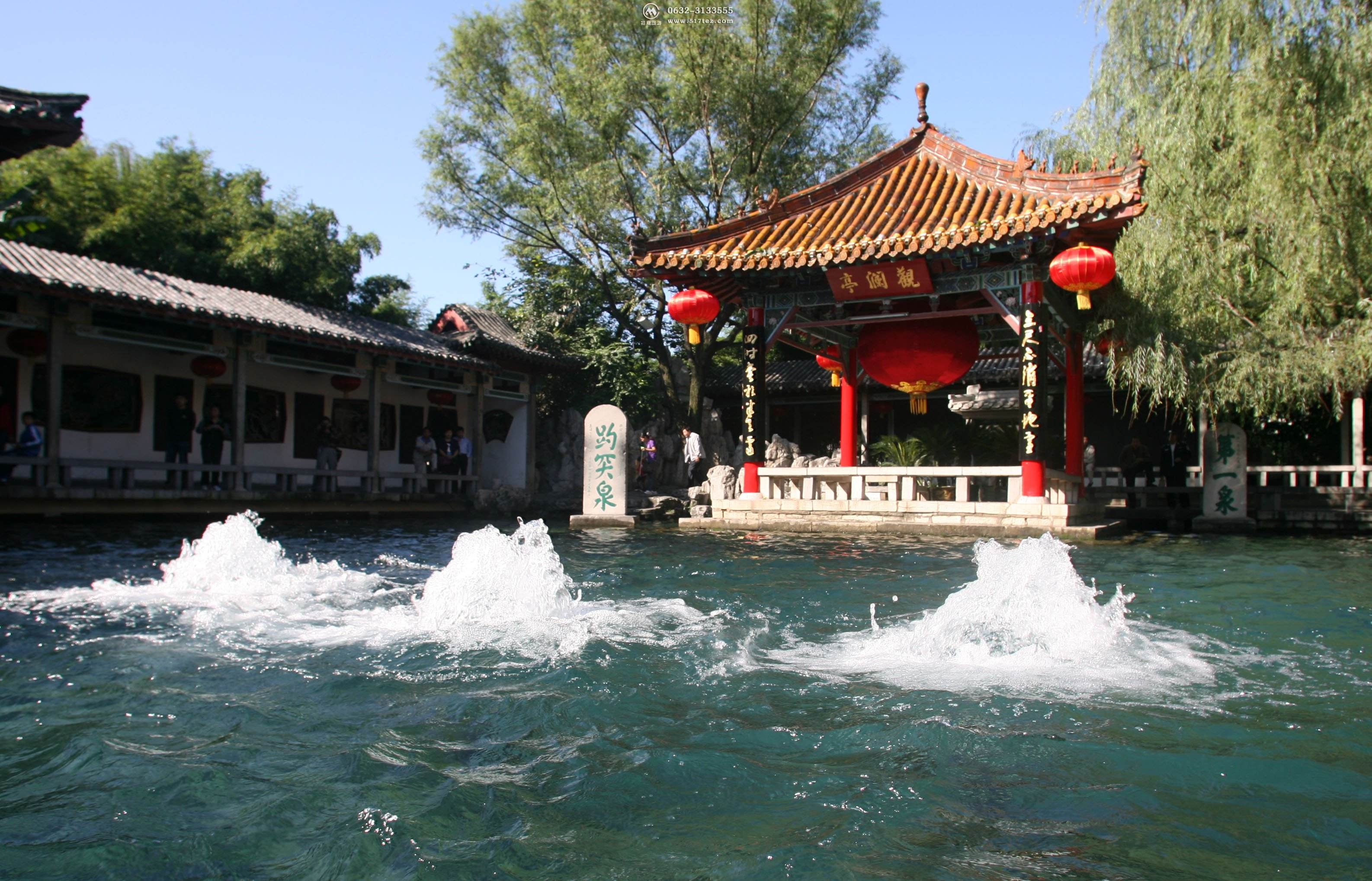
The name "Baotu" refers to the spring's distinctive feature: water surges upward from underground with great force, creating a gushing, bubbling effect. During the reign of the Qianlong Emperor in the Qing Dynasty, he visited Baotu Spring five times during his six southern tours, and he bestowed upon it the title "First Spring Under Heaven," solidifying its place as the most revered of China's famous springs.
A Natural Wonder: Perpetual Flow of Three Fountains
The unique feature of Baotu Spring is its consistent and impressive water flow. As a karst spring, water rises from underground fissures, producing three main jets of water. These jets flow continuously throughout the year, with an average water temperature of 18°C (64°F), even in winter when other bodies of water freeze. During periods of abundant rainfall, the three water columns can reach heights of up to 26 meters (85 feet), creating a mesmerizing display of splashing water and mist. On sunny days, the spray sometimes catches the light, forming rainbows over the spring’s surface.
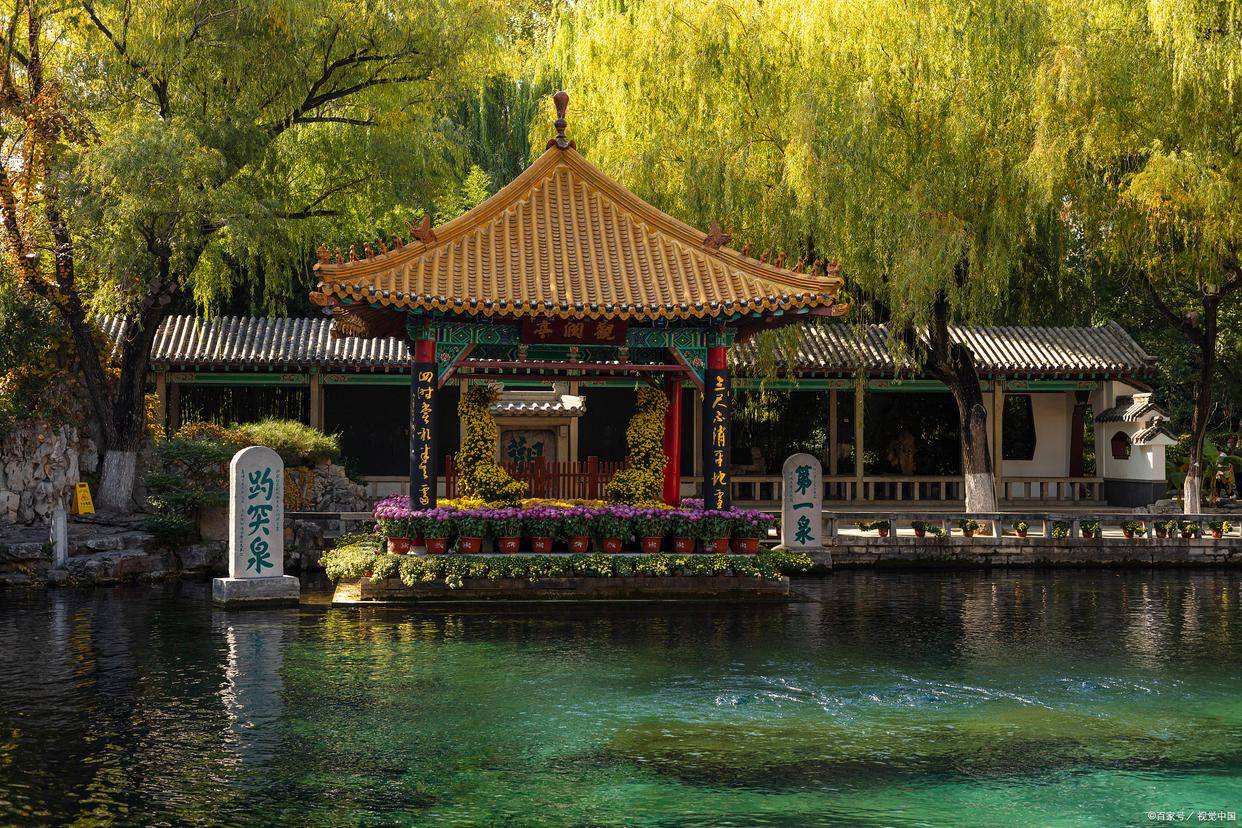
The water in the spring pool is crystal clear, allowing visitors to see fish, rocks, and plants in the water. The constant flow of water over the stone slabs has carved smooth patterns on the rocks, adding to the spring’s serene and captivating beauty. The tranquil atmosphere and the sight of the gushing water make Baotu Spring a breathtaking natural spectacle for all who visit.
Cultural Legacy: A Fountain of Inspiration
In addition to its natural beauty, Baotu Spring has deep roots in Chinese literature and culture. Countless poets and scholars throughout history have been inspired by the spring. The famous poet Du Fu once wrote, "By Baotu Spring in the springtime, the purple moss and stone bamboo encircle the stream," capturing the vivid imagery of the spring’s beauty. Qing Dynasty scholar Yu Yue lauded Baotu Spring as "the number one spring under heaven," a title that continues to resonate today.
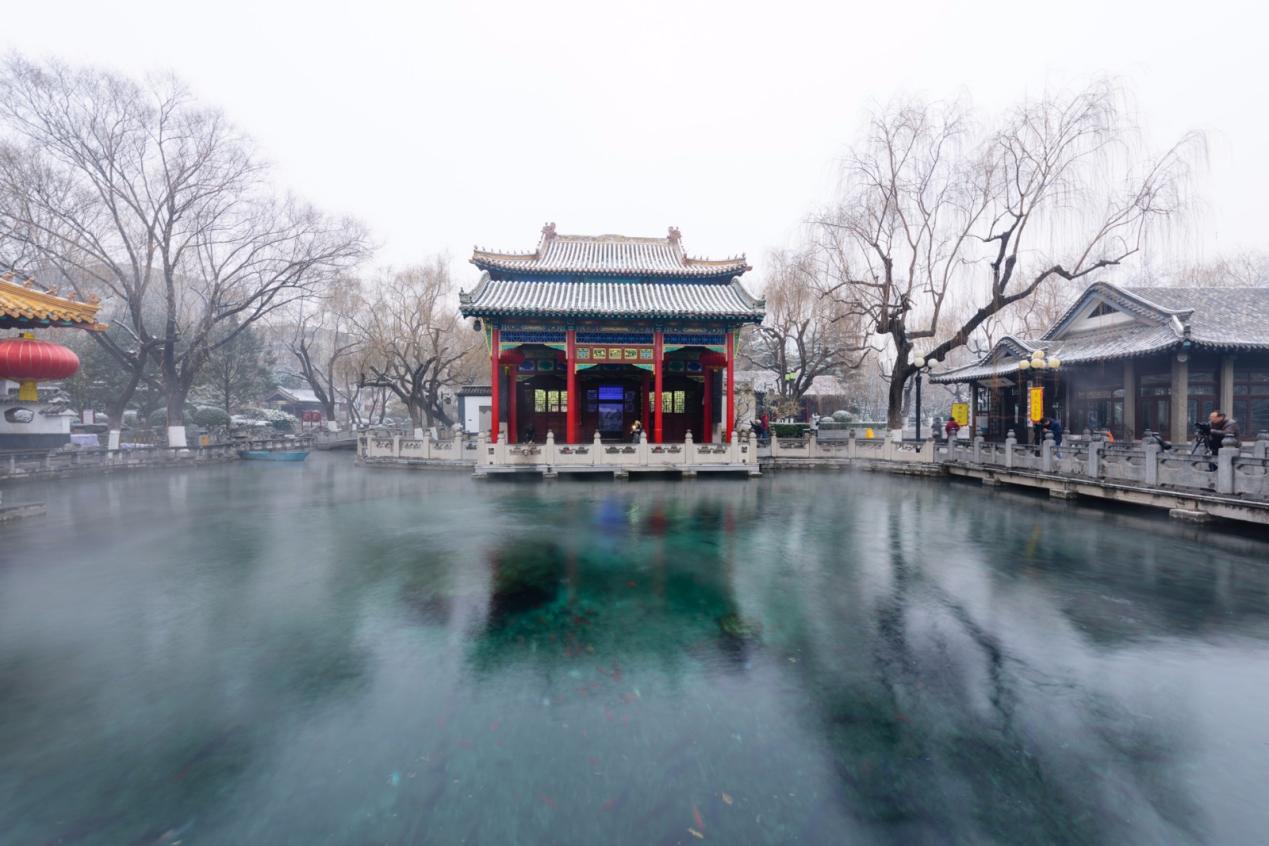
Beyond its literary significance, Baotu Spring has played an important role in local life. Its water, known for its purity and sweetness, has been used for brewing tea, making traditional Jinan dishes, and even producing the famous Baotu Spring Wine, a local specialty that is enjoyed by residents and visitors alike.
Baotu Spring Park: Harmony Between Nature and Humanity
Today, Baotu Spring is the centerpiece of Baotu Spring Park, a popular destination for both locals and tourists. The park features traditional Chinese gardens with ancient architecture, including pavilions, bridges, and corridors that complement the natural beauty of the spring. The combination of historical structures and the tranquil environment offers visitors a peaceful retreat from the city’s bustling streets. In summer, people gather at the spring to cool off and enjoy the refreshing water, while in winter, the mist rising from the warm spring water creates a magical scene against the snowy landscape.
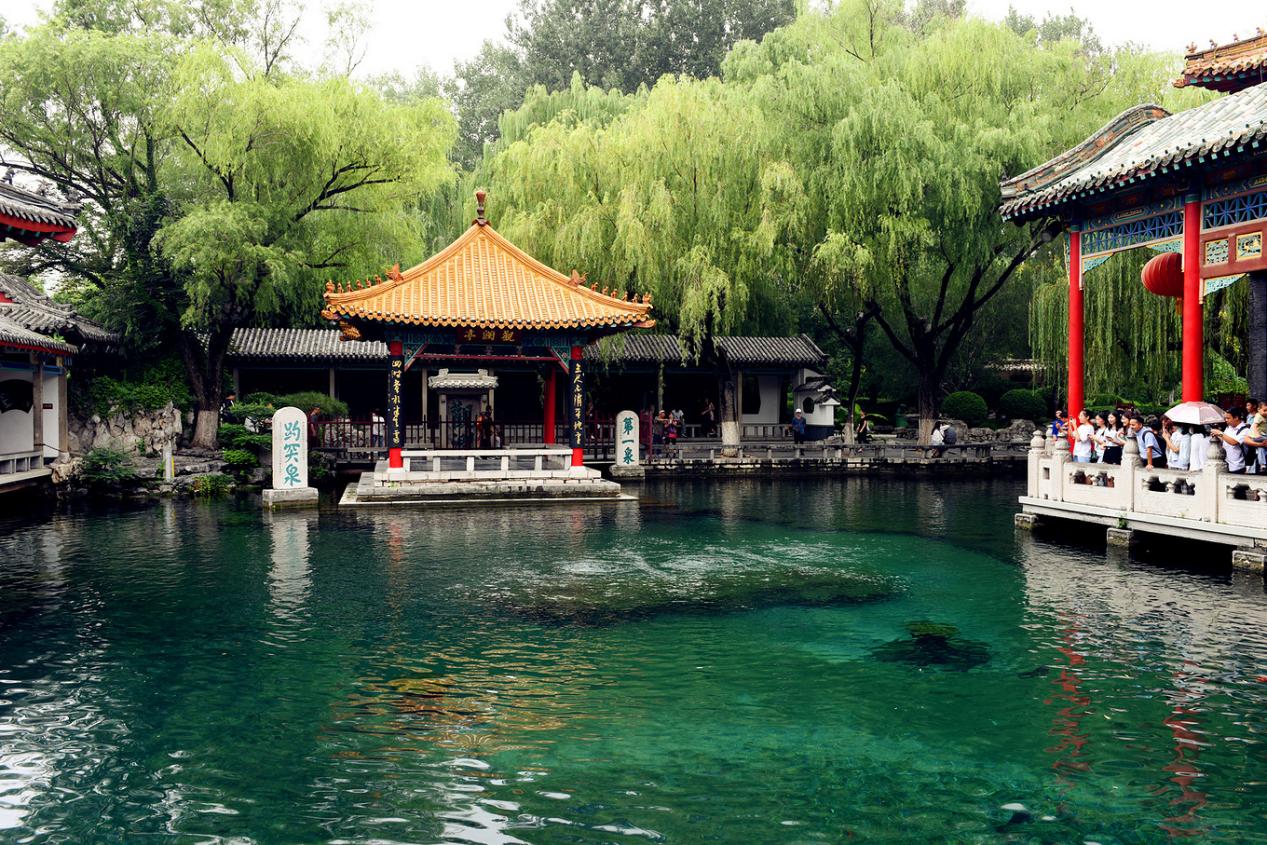
Baotu Spring Park is also home to various cultural events throughout the year, such as traditional tea ceremonies, musical performances, and literary gatherings. These events bring the spring’s cultural significance to life, allowing visitors to immerse themselves in the rich history and artistic heritage of the site.
Conclusion: The Eternal Flow of Jinan’s Symbol
Baotu Spring is not just a natural wonder; it is the heart and soul of Jinan. It has transcended its role as a simple water source to become a cultural symbol, representing the history, traditions, and vitality of the city. For centuries, it has inspired poets, delighted visitors, and provided sustenance to the people of Jinan. Today, it continues to flow, a testament to the enduring beauty and strength of nature.
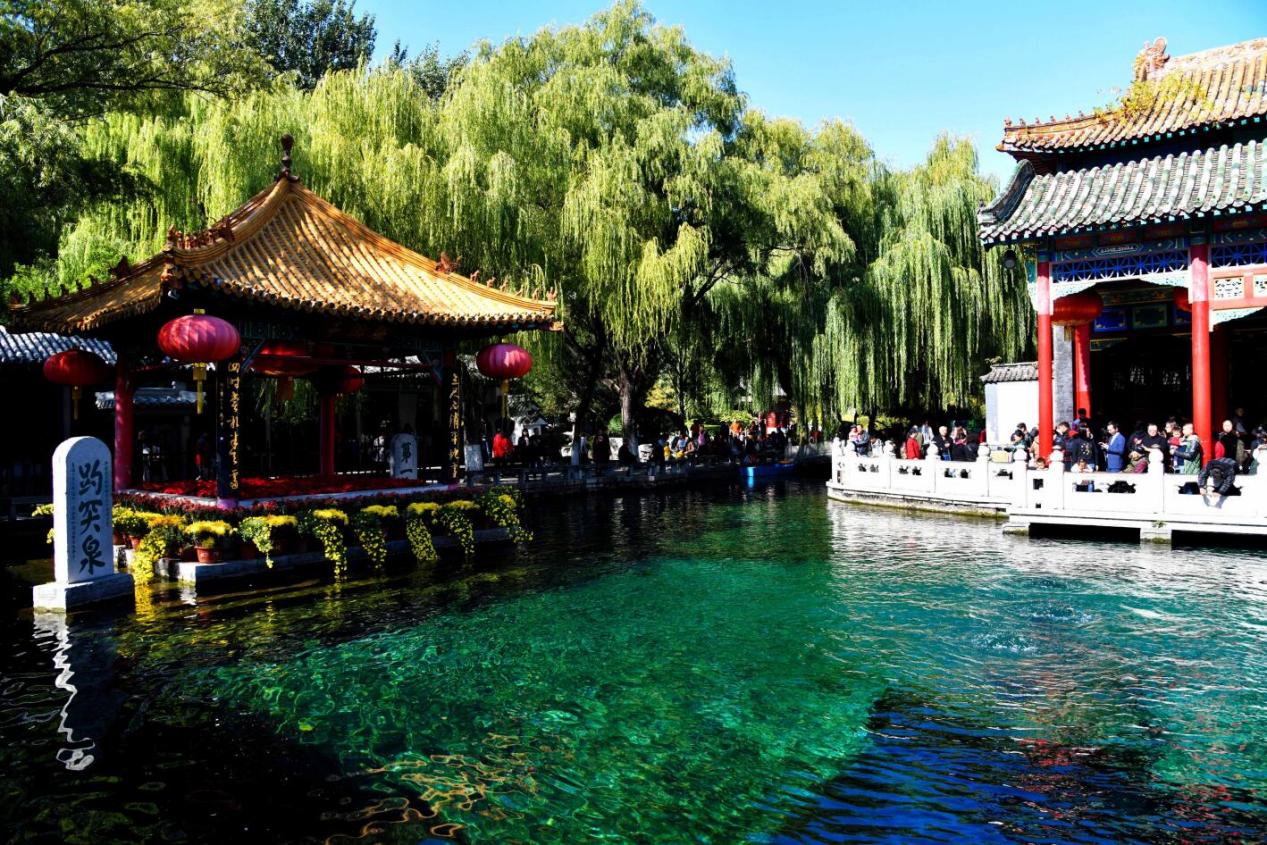
Whether you are drawn to Baotu Spring for its scenic beauty, its historical significance, or its cultural richness, the experience of witnessing its clear waters and powerful jets is unforgettable. Baotu Spring, much like the city of Jinan itself, remains a vibrant and timeless testament to the harmony between nature and human culture.



